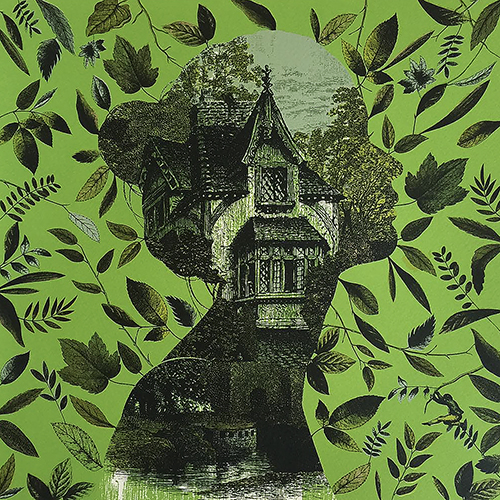'She Is There' and 'Note of a Native Son'
Creative Nonfiction
by Eraldo Souza dos Santos
She Is There
That is what my mother dreamed:
That when the slave catcher called her, she was far away from the master’s house, in the center of the sugar cane plantation, and that his voice was just a distant noise. Here!, Now!, he said, so she rushed toward him. The plantation embraced her, the leaves like razors cutting into her legs, her feet already bruised by the stony earth. But his voice did not come any closer. A green, pathless labyrinth colored by moving blood. Here!, Now!, but without knowing where, there cannot be now. Silently, she ran away from freedom toward him. Sure, that her wounds now itched and burned, that many stitches would be necessary, that she would need to ask the master to go to the hospital in the village later today. Where the hell are you?! Don’t make me go in there! Was that the familiar sound of the whip among the rustling of the cane leaves? Yes, in that direction, within a minute, the wounds now hurt much more, they now burn much more, but she is almost there, yes. She is there. His long arm raises the whip over her in one long gesture. As always before. Her eyes see the whip and the burning sun. And the master’s house. And his tools. For a long second, she contemplates the world of sugar where her childhood was consumed. His footsteps are now only a distant noise, the leaves like razors cutting into her legs, her feet already bruised by the stony earth, the wounds do not hurt anymore, they do not burn anymore, she is almost there, yes. She is there. She is running toward it.
Note of a Native Son
When you were born your hair was smooth and straight. You looked like an indiozinho. Now look how bad your hair has gotten. Like the hair of the people in our family. Black folk’s hair. Because your father’s family was an Indian family, yes. Black too, for sure. It seems your grandfather, Eraldo, was a cafuzo. Your uncle Alexandre looked exactly like an índio. I don’t know what tribe they were from, your grandfather came from Alagoas. When you were little, your father sought to teach you how to use a bow, but you injured your finger on the arrowhead. It bled. He was sure you were a fag. I don’t miss how he used to beat us. Someone told someone on the island that someone has killed him. Every nigger deserves it, I have been told, but that your father deserved it a little more.

About the Author
A 2022 LARB Publishing Fellow, Eraldo Souza dos Santos is an Afro-Brazilian and Indigenous writer currently based between Ithaca and São Paulo. They are a Klarman Fellow at Cornell University and will join the University of California, Irvine as an Assistant Professor within the Poetic Justice Cluster in Fall 2025. Their first book, to be published in 2025, is an autobiography of their illiterate mother and a meditation on the lived experience of Blackness and enslavement in modern Brazil. At the age of seven, their mother was sold into slavery by her white foster sister. It was 1968—eighty years after the abolition of slavery in Brazil and four years into the anti-communist coup d’état, during the month in which the military overruled the Constitution by decree. By weaving in extensive archival research and interviews, the book narrates their journey to Minas Gerais—where she was born—and Bahia—the Blackest state in Brazil, where she was enslaved on a farm for years—to investigate why the family that enslaved her has never been brought to justice. It also narrates their grandmother’s journey to search for her missing daughter. In March 2023, they offered a masterclass based on this project at the UEA Creative Writing Course. https://
eraldosouzadossantos.com/
About the Artist
Andrew’s practice incorporates a number of techniques including painting, printmaking, photography and drawing. His work is primarily focused on the parallels between art and hermetic and pseudo-spiritual and occult practices. He makes beautiful work that at once confronts and inspires the viewer by combining classicism with occult and esoteric imagery. He posts on Instagram as @andrewgmagee.

